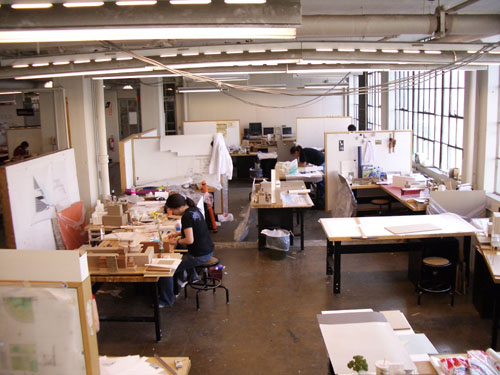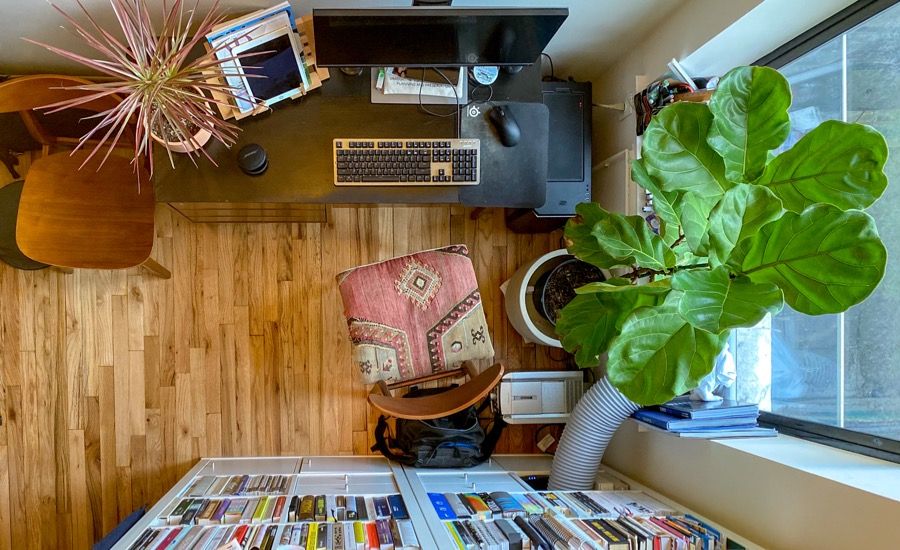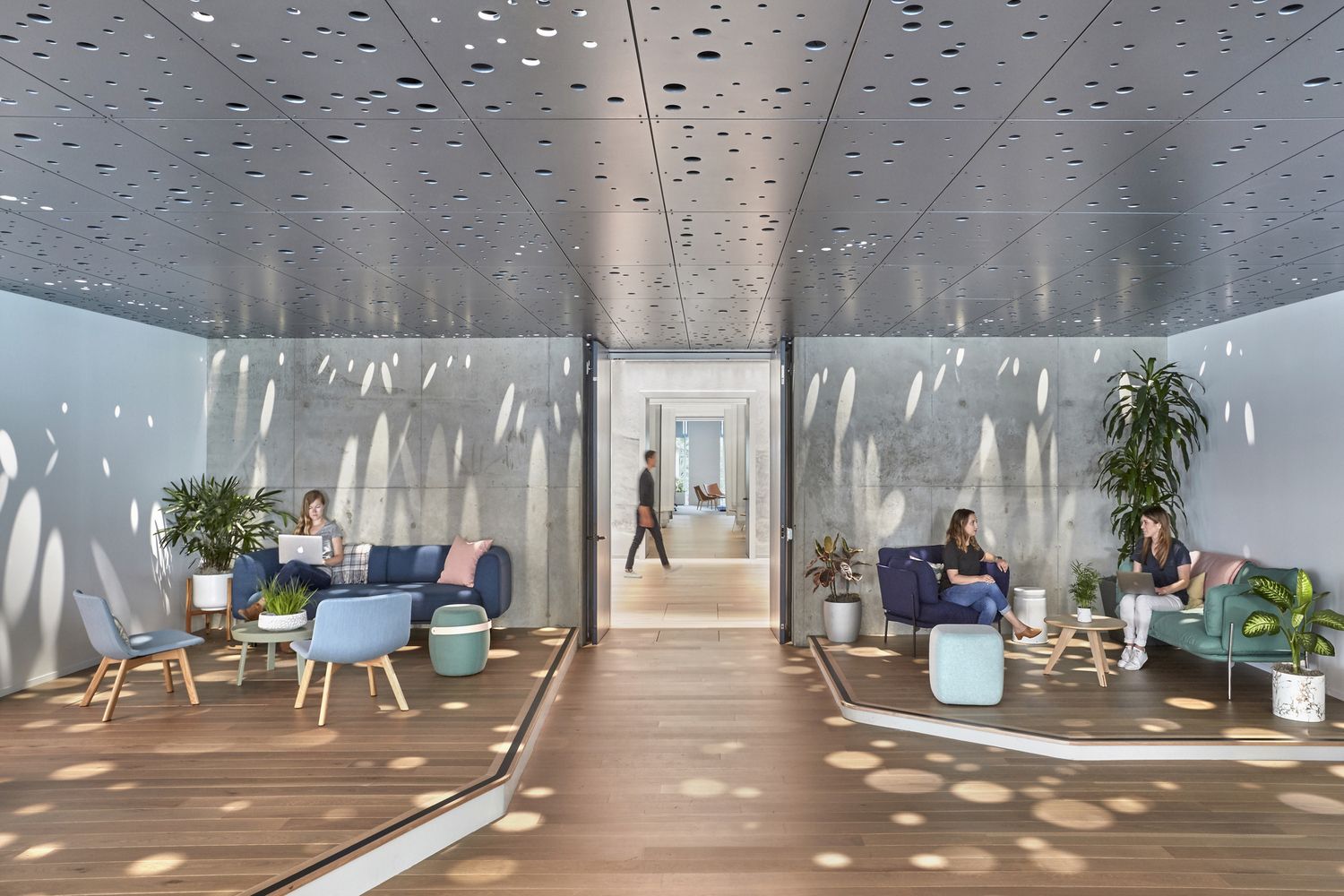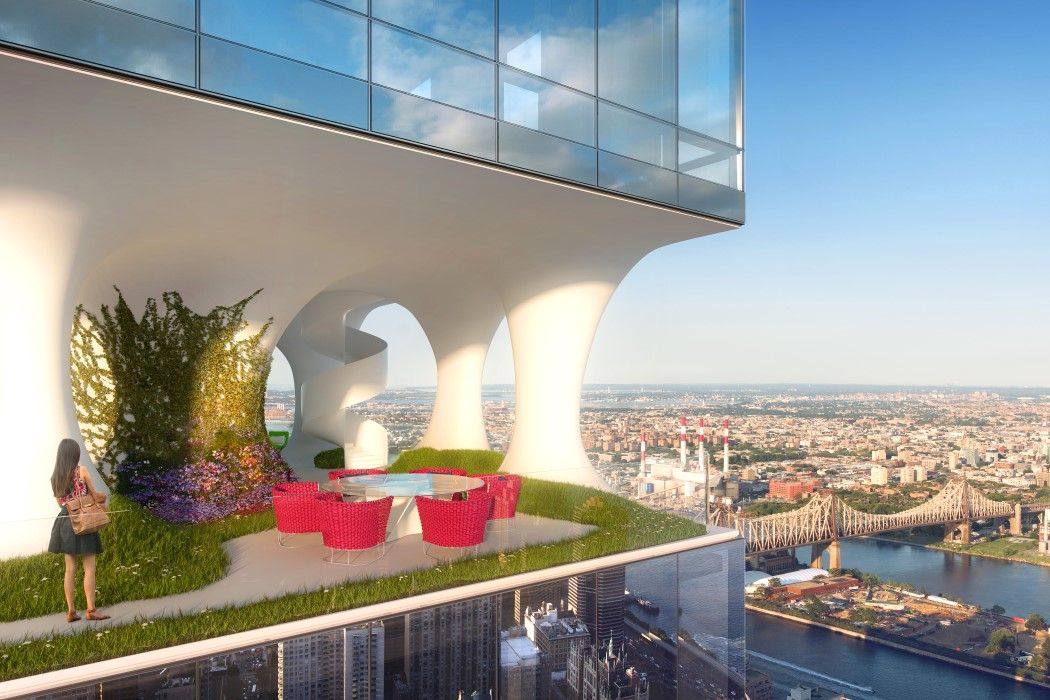COVID-19 Architecture & Design Studio
It is no surprise that our cities are shaped by disaster and now we are arising from the ruins. Just few months ago we were struck by the outbreak of Covid-19 and life has not been the same ever since. What followed soon changed our outlook on life. Our firm faith in the solidity of modern life was shaken when we were all sent back to our homes and ordered to remain indoors at all costs.
The COVID-19 crisis rattled the whole world, but it rattled that of students in particular. Design studios are left abandoned and architects are home-ridden. It is a time that heightened our sense of solidarity and independence at the same time. We learned to stand together no matter how far apart we had to be.
Although we’re living in an incredibly straining times, we are practicing adaptability and our ability to accept the things we cannot change while making the best of them. During this time of isolation and turmoil, workers had to get on with their work and students with their studies. For some fields of study, it was relatively easy to move the content of their courses from the whiteboard to Zoom meetings and PowerPoints, but students of architecture face a greater challenge as they were deprived of their creative space: the design studio.
What is design studio teaching?
Design studio teaching is the heart of learning architecture since it provides a creative space for architecture students to interact with their materials, as well as one another. Design studios are where the students’ ideas materialize into the real world, but that’s not the only difference that sets design studio teaching apart from any other form of teaching. The design studio provides an almost informal environment for students to engage with their tutors and colleagues. In a sense, design studios take the edge off the seriousness of academia. How were architecture students possibly able to relive this feeling from home at a time when the world is surrounded by a sense of impending doom?
The design studio in the age of COVID-19
The spirit of the design studio was one thing that could not simply be transferred into an online class. The essence of design studio teaching is interactiveness and this was taken from architecture students who were suddenly forced to go through such a rich process in 2D form. This left students to face double the challenge: On the human level, they had to fight the overwhelming sense of isolation and distance that we all experience, and on top of that, they had to find their creativity and inspiration while being locked indoors.
Architecture professors took it upon themselves to present their students with design studios at home. They compiled material and data to give students virtual tours around different sites and even around the studio itself. They made interactive galleries for different materials and organized for students to have online meetings after hours as these meetings are reminiscent of casually running into one’s colleagues and engaging in informal interactions which helped ease the sense of isolation they experienced.
The idea of shared creative spaces was replaced by the self-sufficiency of working from one’s own room or home office.
Lessons that outlast the crisis
This quarantine taught students to be more considerate of one another and each other’s needs. They have gained a great understanding of the importance of mental well-being and its effects on the quality of their work and studies. One of the merits of this crisis is gauging the depth of human understanding, especially during hard times, as it showed how willing people are to cooperate with each other and show understanding when times call for it. They have gained the awareness that one could truly be under so much pressure and fight to remain productive and rejoice in this achievement. It heightened their senses for teamwork and helped them become more independent and, in the process, more understanding.
Students are turning their residences into creative spaces so there is no longer need to look for inspiration outside, it can be found within. Although this change was born out of necessity and not desire, this greatly reflects on post-COVID-19 architecture as it celebrates individuality and independence. It is indeed one of the bleakest moments of modernity, as we face how helpless we could be before a new strain of viruses, but these bleak moments are the ones that truly shape our future. Architects and architecture students are reflecting on the creative space within. The landscape they need to roam now reside in their own imagination.
Post-COVID-19 Architecture
Modern architecture is heavily shaped by our fear of diseases, such as tuberculosis and the plague. Architects focused on designing cities where diseases had no place: they implemented sewage systems and further insulated the buildings to prevent the fumes of the outside from seeping inside. They conceived of wide streets with spaced-out lanes that minimize interactions and safeguard the people.
The role of architects, as well as architecture students, is helping humanity adapt to these changes by changing the very physical spaces they share. They have to envision how a COVID-less future is to look like and work hard to achieve this vision. The first practice of adaptability was letting go of the design studio and the influence of the outer world in order to survive the crisis.
Designs of sterile work environments
One excellent example of the changes that are being introduced to post-COVID-19 architecture is Zaha Hadid Architects’ Bee’ah New Headquarters in Emirates. Bee’ah Headquarters uses several new technologies to minimize interaction between individuals while achieving maximum efficiency. Now employees can call for the elevator using their smartphones to go in and out of their workspaces without unnecessary physical interaction with their surroundings.
Modern architecture is all about creating a curative environment to prevent such an epidemic from breaking out again. Some speculate that Covid-19 architecture design is likely going to change the face of cities once again as people are no longer in favor of multi-apartment buildings and crowded spaces. Post-COVID-19 architecture is spacious, immaculate, and leaves no place for disease to thrive in.
Adaptability and coexistence
While previously societies opted for isolating the ill, now we are learning to coexist with the disease. There is great hope that this crisis is soon to end, but the lessons humanity learnt are going to outlast it. This period has opened the architects’ eyes to let go of cramped, compact designs and embrace openness and spaciousness more. Currently, their main focus is envisioning designs that can be used from now on, and not just temporarily. Such designs include offices that offer personal space and follow the guidelines of social distancing that are sterile and sustainable. The new designs they are aiming for are fresh and green, they embrace the outdoors and integrate nature in modern architecture.









